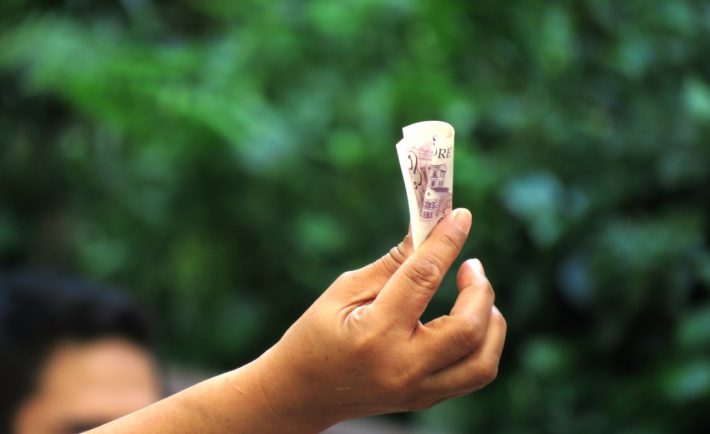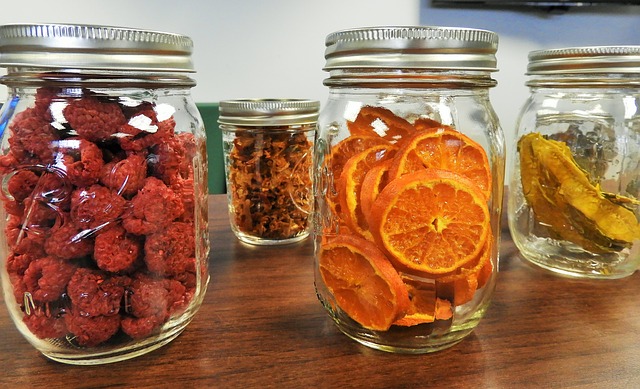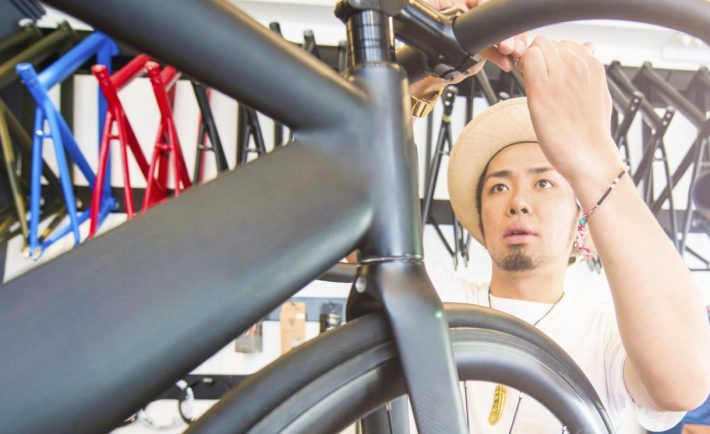It goes without saying that money is essential in all aspects of our lives – it even makes the world go round! We use it just about every day, but how much do we really know about it?
Widen your knowledge about our currency and the history with these 7 share-worthy money facts:
1. From soaps and grains to bear’s teeth and bird’s claw, there have been a variety of bizarre currencies throughout the history. The cowry is one of the longest and most widely used form of money. It is none other than the vibrant shell of a sea snail. Its durability made it a popular choice among the early civilizations.
2. Focus at the back of the S$1,000 note. A microtext of the entire lyrics of the national anthem is printed on it. See for yourself!
3. Why is the piggy bank called as such? Do pigs have their own financial institutions where the tellers would dress in suits? Not in this lifetime! In Old English, “pygg” refers to a type of clay used to make dishes and jars that contained funds. This was eventually morphed to the piggy bank that we know today.

Image Credits: pixabay.com
4. Why are polymer notes circulated instead of paper notes? For starters, polymer notes last three to four times longer than its paper counterparts. Its tear-resistant feature entails that you do not have to worry about emptying your pockets before loading your jeans into the washing machine. What’s more? Polymore notes have the ability to incorporate more security features.
5. Most modern counting machines can tally about 2,500 coins per minute. While, a bank’s note-counting machine can tally up to 100 bills in four seconds. The machines can also spot counterfeits!
6. Have you ever heard of the Roman goddess Juno? Worry not, if her name does not ring any bells. Let me provide you with a brief insight on Roman mythology. Juno is the “Goddess of Good Counsel”, whose mere name means adviser. While Moneta is the “Goddess of Memory”, a name where words mint and money were acquired from.

Image Credits: pixabay.com
These two goddesses were symbolized in “The Temple of Juno Moneta”. Ancient Romans made their coins in this temple alone as the goddesses were perceived to protect the funds.
7. The lushious tree found at the S$5 note is an actual tree in the Botanic Gardens. This Tembusu tree is believed to be at least 200 years old. It is even older than the 156-year-old garden! Amazing, right?
That rounds up seven of the most interesting facts about money. Leave a comment below, if you want to share your own mind-blowing or unusual financial fact.








